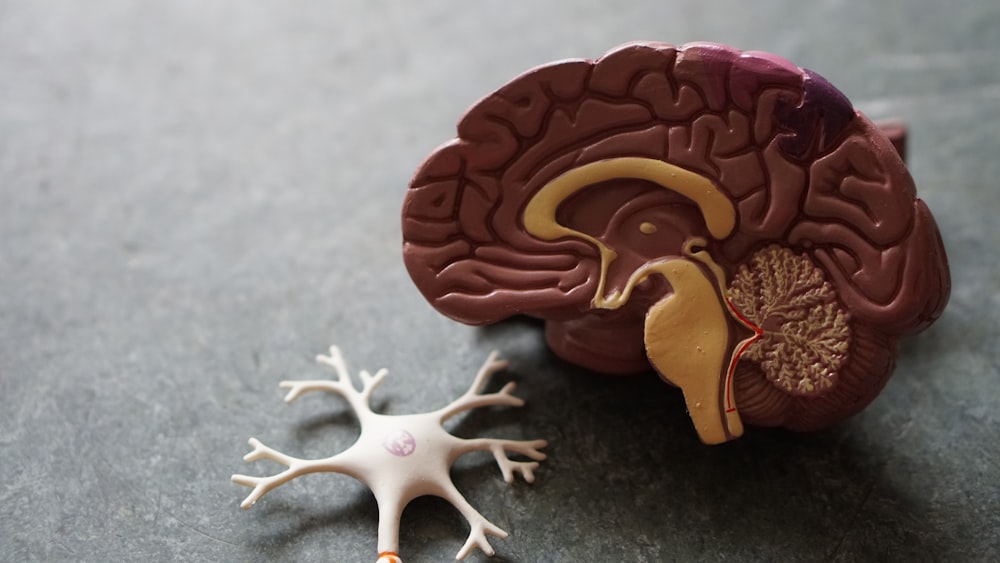What is Nicotinamide adenine dinucleotide (NAD+)
Nicotinamide adenine dinucleotide (NAD+) and neurodegenerative disease has a relationship. First one must understand what nicotinamide adenine dinucleotide is and what it does. Nicotinamide adenine dinucleotide (NAD+) is a pyridine nucleotide that is used in several processes involved in gene expression, ATP production, DNA repair, calcium signaling and immunological functions. NAD+ deficiency can lead to a biochemical failure which may cascade into neurodegenerative damage. By increasing NAD+ it may be possible to reduce neurodegenerative disease states and slow physiological aging. This study gives hope for those that are suffering from a neurodegenerative disease. By increasing NAD+ it may be possible to promote cellular protective responses thus improving the symptoms of some neurodegenerative diseases.
As research continues into the effects of NAD+ on cellular neurological and physiological pathways physicians should consider using this therapy in clinical practice.
NAD+ and Parkinson’s disease
Parkinson’s disease, a neurodegenerative disease, is a life altering neural disease that reduces independence by causing tremors, creating stiff muscles and reducing mobility. The incidence of Parkinson’s disease increases with age and with our population aging this disease has become a major strain on families and the medical system.
Hope for those with a neurodegenerative disease
Researchers are attempting to determine if altering defective mitochondria in a Parkinson’s patient will decrease the symptoms of this neurodegenerative disease. Salk researchers have shown that as we age the mitochondria become dysfunctional. This is an important point because the mitochondria in each and every cell provides multiple functions to sustain health. If these powerhouses begin to fail as we age this could begin to define the cellular level of neurodegenerative disease. At the Hertie Institute for Clinical Brain Research and Tubingen University a group wanted to see if the area of the brain that helps with movement control (Substantia Nigra) would show mitochondria that was dysfunctional in a patient with Parkinson’s. The team found that a patient with Parkinson’s disease did have neurons in the area of the brain related to movement that contained defective mitochondria and therefore had lower energy available. This is an important point in that if dysfunctional mitochondria are the cause of neurodegenerative disease then can these mitochondria be fixed?
NAD+ may offer a solution to those with a neurodegenerative disease
Next, the team wanted to know if they increased the level of NAD+ would the mitochondria respond by becoming healthier and eventually increase energy and ultimately decrease signs and symptoms associated with Parkinson’s. They supplied nicotinamide riboside to the cells and found that not only did the energy levels rise by there was new mitochondria created that did not show any signs of dysfunction.
Although happy with these results the team wanted to know if the same results would work in living beings; they used fly models to find out. Using GBA-knockout flies one group was given nicotinamide riboside enriched food and the other group was not. The control group continued to show signs and symptoms of Parkinson’s as they aged however, the treated group showed increased neuronal mobility for a longer time.
This research could show that dysfunctional mitochondria is a cause of Parkinson’s disease and that simply increasing the level of NAD+ could provide therapeutic strategies against Parkinson’s. NAD+ offers low toxicity, it can cross the blood brain barrier and is simple to deliver. Although this research has not made it to human studies it does provide a glimmer of hope to those with this debilitating disease called Parkinson’s
References
Role of Nicotinamide adenine dinucleotide and related precursors as therapeutic targets for age related degenerative diseases: rationale, biochemistry, pharmacokinetics, and outcomes, Antioxidants and Redox Signaling 30(2), March 2018. Retrieved from https://www.ncbi.nlm.nih.gov/pubmed/29634344
Deleidi, M., Whitworth, A.J., Gasser, T., …, Baden, P., Ivanyuk, D., Schöndorf, D.C. (2018). The NAD+ Precursor Nicotinamide Riboside Rescues Mitochondrial Defects and Neuronal Loss in iPSC and Fly Models of Parkinson’s Disease. Cell Reports. Retrieved from https://www.ncbi.nlm.nih.gov/pubmed/29874584
